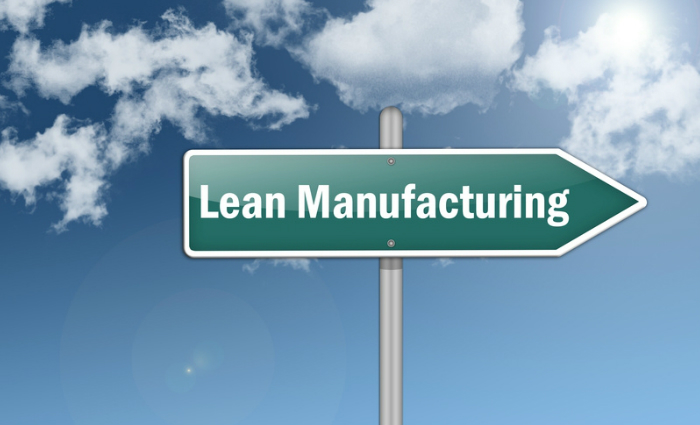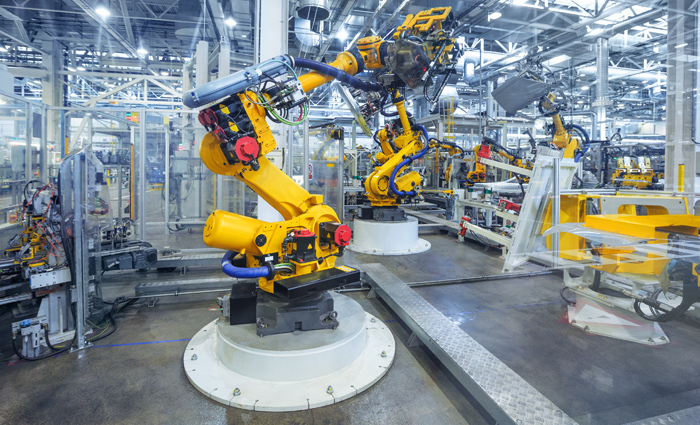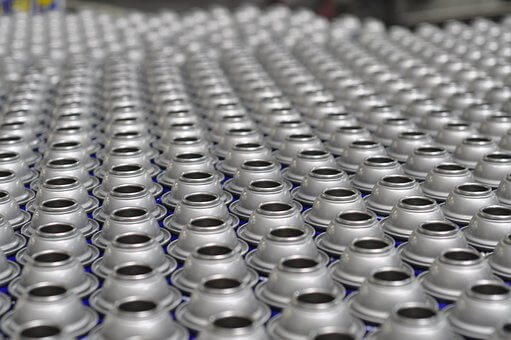Creating molds for manufacturing takes different forms. The most popular form of molding at present is injection molding. Controlling the costs of creating the molds and the pricing for customers to purchase custom molds for their products is a challenging part of business. Mold manufacturers; such as those at Sositar Mould Co. and Eco Molding Co. in Shenzhen, China; control costs in several ways, such as mold design, materials, and machining.
Mold Design
Experience in mold building is very important. Companies that have experienced mold designers are more likely to be able to produce quality molds at reasonable prices4. Experienced mold designers know the best material to use and what is possible when designing a mold. Quotes for custom molds can be more precise with experience and save customers money, as well as save production costs for the mold manufacturer.

An experienced design team will provide quality industrial, appearance, and structure design. The design teams will also provide excellent mold design and mold flow analysis. In-house design molding can also save time and production costs for the mold manufacturer and customers. Quality mold design helps control costs by avoiding retooling and product waste, saving money and time.
Materials
The materials used to build the molds is as important as the design of the mold. Use of subpar materials in the mold can lead to unsatisfactory results in the product output. Many factors determine the best choice for building a mold. For instance, the number of parts to be produced. The fewer the parts, the less time the mold will be used. In this case a softer, less expensive steel can be used to build the mold 1.
Choosing the proper type of steel when building a mold not only ensures a quality mold, it can also save time and money. Use of steel from quality suppliers in countries like Sweden, Japan, America, France, Germany and China help mold manufacturers ensure the quality of the mold and the customer’s product3. As with quality design, the use of quality materials to build molds lowers costs by lowering the probability of producing bad parts and avoiding waste and lost time.

Machining
Mold manufacturers mainly use two types of machining to build a mold, CNC machining and EDM machining. CNC machining is the standard form of machining used to build a mold. A CNC machine uses CAD (computer aided design) software to instruct the CNC machine on how to cut the steel and form the mold.
EDM (electrical discharge machining) uses an electrode made of graphite or copper to obtain the desired shape of the mold 2. The main advantage of this process is that it can create shapes that standard CNC machining is not capable of. EDM can also eliminate additional heat-treating by shaping pre-hardened molds. Sometimes the EDM finish is fine enough to serve as a final part without additional mold cavity polishing.

A mold built by combining experience, proper materials and machining techniques will not only produce a quality product for the customer, it will also produce more business for the mold manufacturer and help to reduce costs and increase profits. Quality built molds save time and costs, providing mold manufacturers the opportunity to increase sales, profits, and to maintain a reputation as a quality provider of injection molds.
Sources
- Crescent Industries- http://info.crescentind.com/blog/bid/66085/understand-common-steels-used-in-injection-mold-making
- CS Tool Engineering- https://www.cste.com/services/plastic-injection-mold-making
- Eco Molding Co., Limited- ecomolding.com
- Sositar Moulding Co., Limited- moldchina.com











